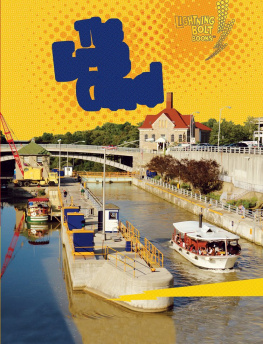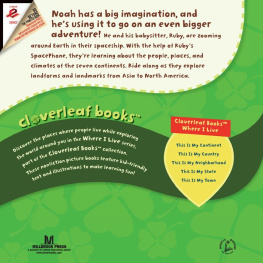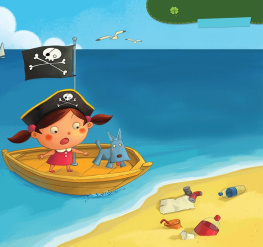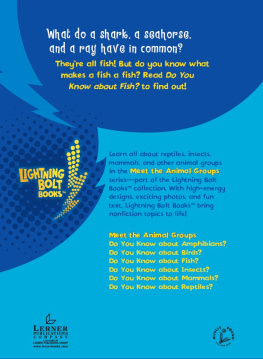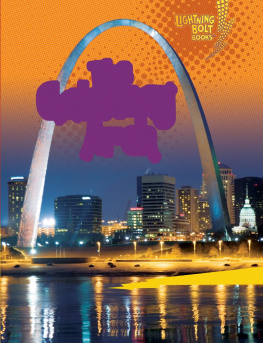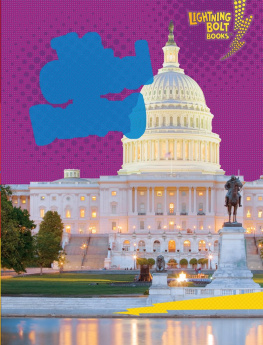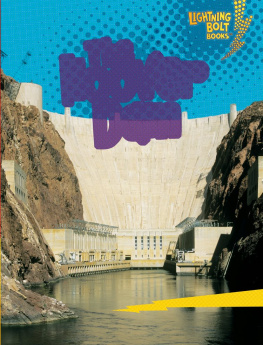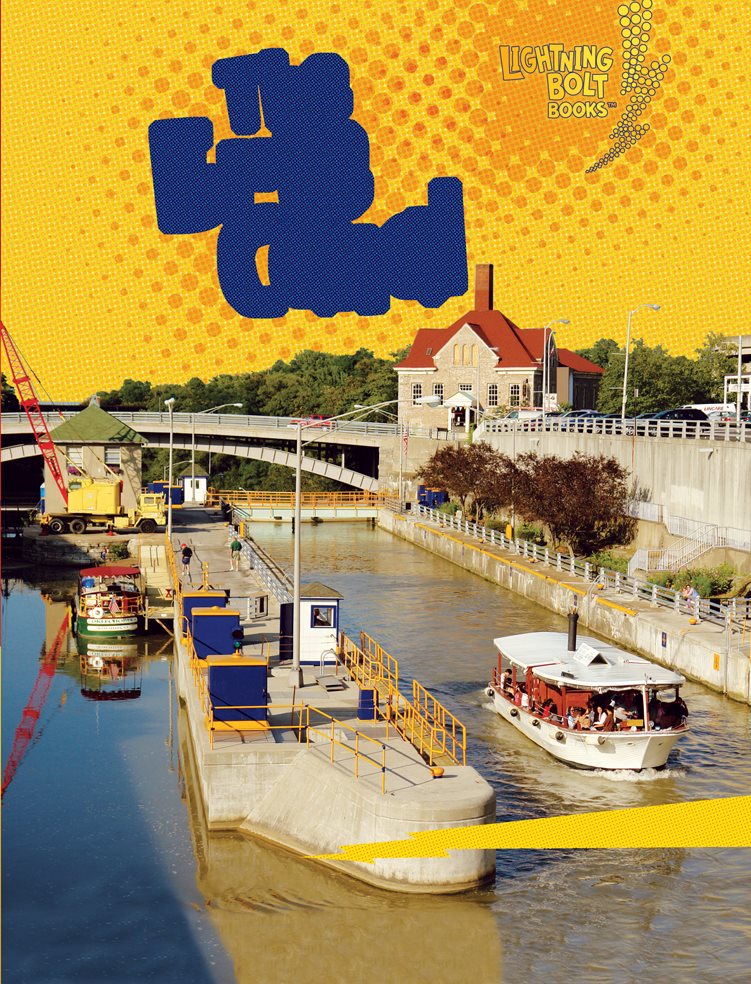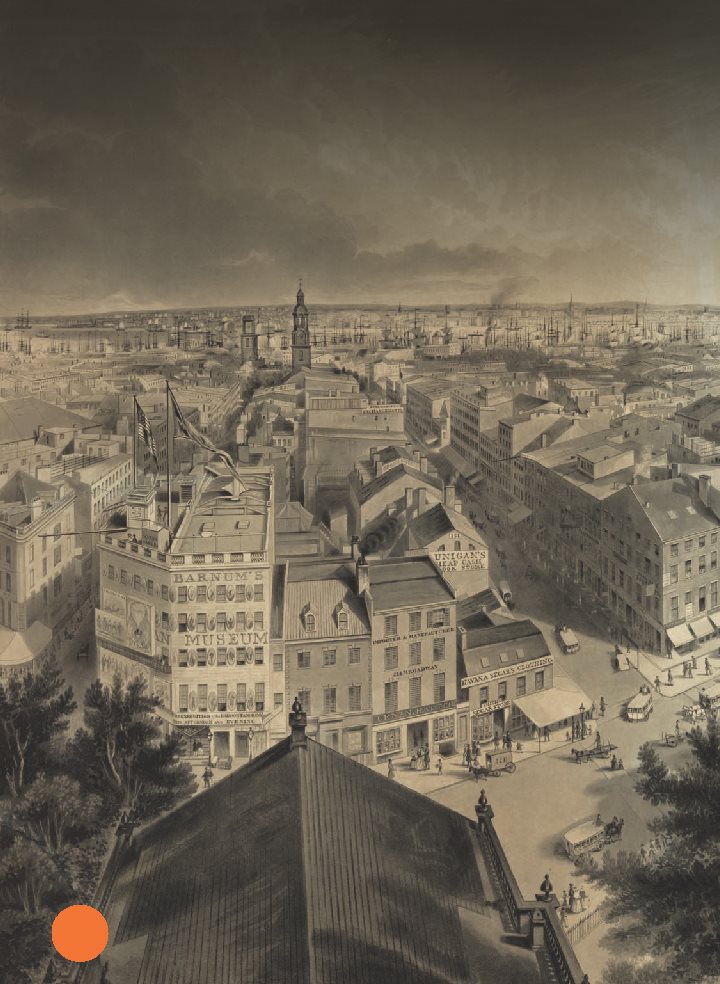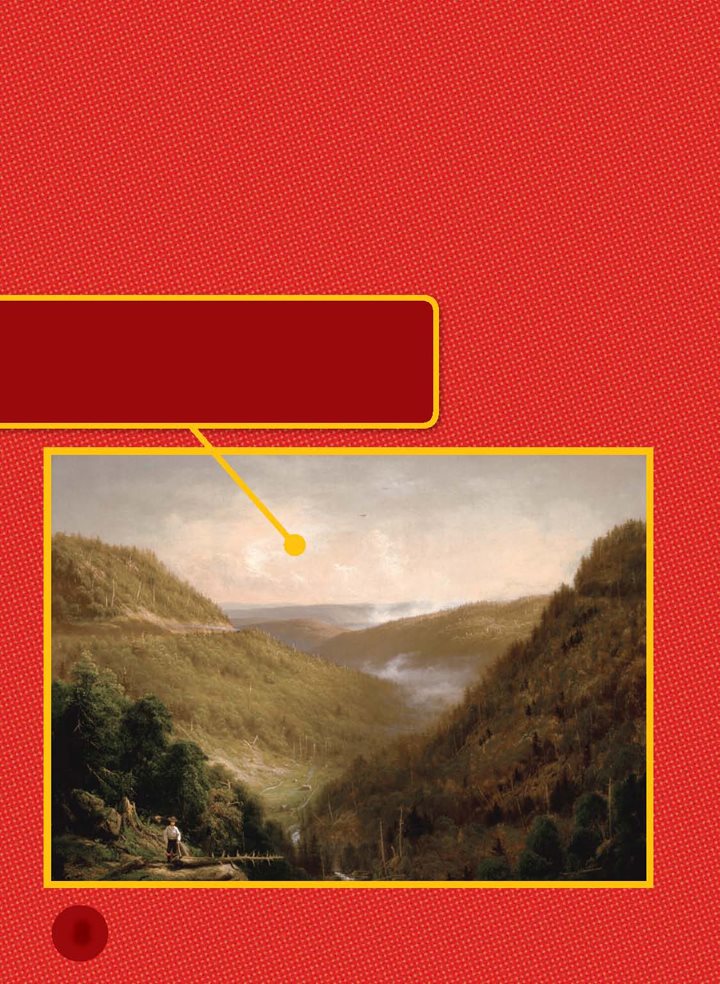Copyright 2010 by Lerner Publishing Group, Inc. All rights reserved. International copyright secured. No part of this book may be reproduced, stored in a retrieval system, or transmitted in any form or by any meanselectronic, mechanical, photocopying, recording, or otherwisewithout the prior written permission of Lerner Publishing Group, Inc., except for the inclusion of brief quotations in an acknowledged review. Lerner Publications Company A division of Lerner Publishing Group, Inc. 241 First Avenue North Minneapolis, MN 55401 U.S.A.
Website address: www.lernerbooks.com Library of Congress Cataloging-in-Publication Data Bullard, Lisa. The Erie Canal / by Lisa Bullard. p. cm.(Lightning Bolt BooksFamous Places) Includes index. ISBN 9780822594055 (lib. : alk. paper) 1. paper) 1.
Erie Canal (N.Y.)Juvenile literature. 2. Erie Canal (N.Y.)HistoryJuvenile literature. I. Title.
What is the Erie Canal? The Erie Canal is a waterway built for boats.
What is the Erie Canal? The Erie Canal is a waterway built for boats.
It was one of the first canals in the United States. The canal opened an important path to the West. It linked the East Coast to the
Great Lakes. People could
easily travel back and
forth.
The United States did not start out as a large country. In the early days, most people lived in the East.
Newcomers
needed places to live.
Newcomers
needed places to live.
People
needed space to farm.
East Coast cities such as New York were busy and crowded!
There was room to build out West. Few people lived around the Great Lakes. That land was not yet broken into states. Large stretches of land lay beyond the East Coast. Few homes or buildings stood there.
People started
talking about building a canal
through the mountains.
Traveling through the mountains was difficult.
People started
talking about building a canal
through the mountains.
Traveling through the mountains was difficult.
People thought a canal would make it easier.
One possible canal path ran through New York State. It went from the Hudson River to Lake Erie. This black line traces the path of the canal from the Hudson River to Lake Erie.
But would building this canal really help the country grow? Difficult landscape kept many people from moving west.
Building the Canal DeWitt Clinton liked the canal plan.
Building the Canal DeWitt Clinton liked the canal plan.
He became governor of New York in 1817. New York decided to build the Erie Canal. The builders did not have big machines back then. Men
and horses would have to
do the hard work. Building
started on July 4, 1817.
Workers began digging.
Workers began digging.
The canal needed to be feet (12 meters) wide and feet (1.2 m) deep. The canal was wide but not very deep. This painting shows construction workers standing in the bottom of the canal.
The canal also needed a towpath. A towpath is a trail for mules and horses. Mules and horses pulled the early canal boats.
The animals walked along the trail. The banks of the canal needed to be wide enough to give horses room to walk.
The way through the mountains was not flat. The canal path led up and down. Sometimes this change in height happened quickly.
Boats could not make these sudden big jumps.
Boats could not make these sudden big jumps.
So workers had to build locks. The locks lifted the boats up and down. This boat passes through a lock on the Erie Canal.
In one spot, the canal path went up about feet (18 m). That is about as high as a six- story building. It took
five locks to raise boats
that high.
In one part of the canal, five locks raised the boats and five others lowered them much like an escalator.
The workers also built aqueducts. An aqueduct is a bridge that carries canal waters over rivers, roads, and valleys. Canal water flows over an aquaduct.
Governor Clinton poured water from Lake Erie into the Atlantic Ocean to celebrate the opening of the Erie Canal.
A Big Success The new canal opened on October 26, 1825.
Governor Clinton led a group of canal boats from Buffalo, New York. They sailed miles (584 kilometers) to Albany, New York. Then they sailed down the Hudson River to New York City. New Yorkers were
very proud of their canal.

